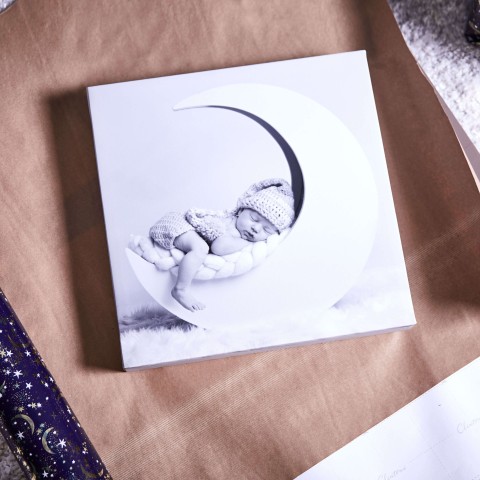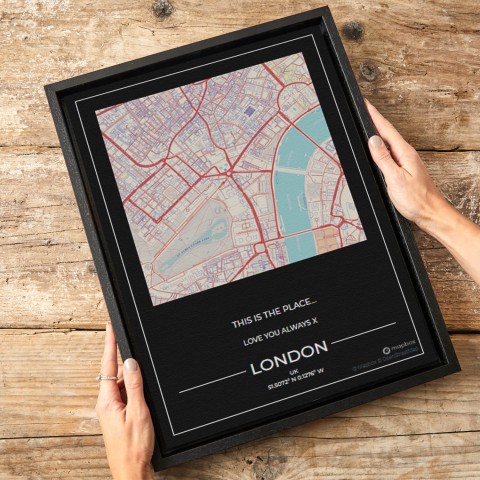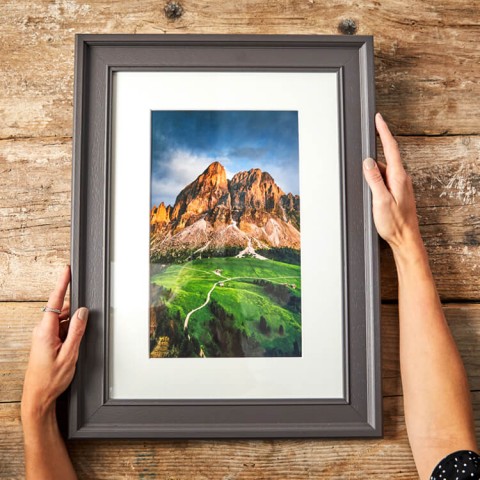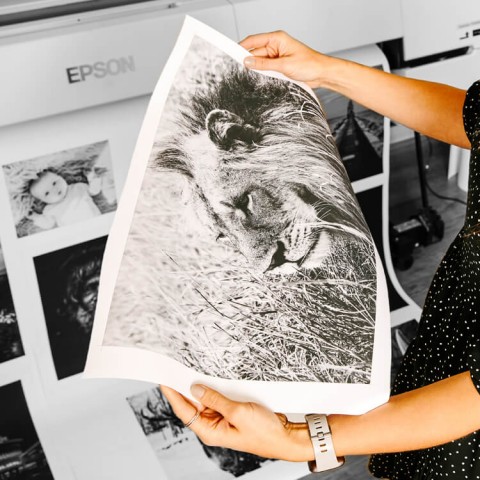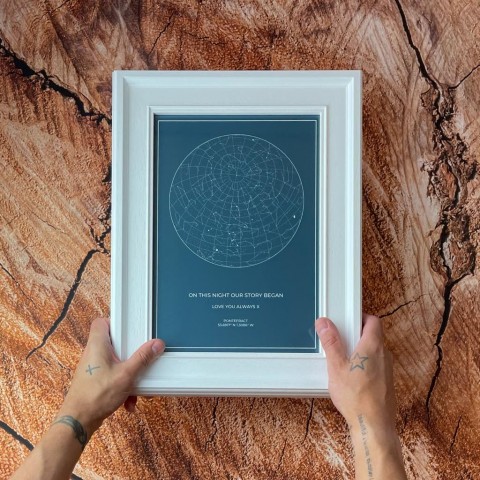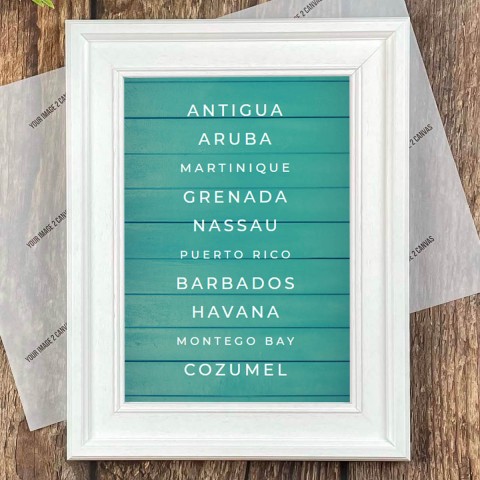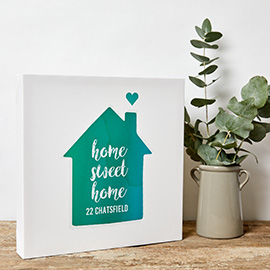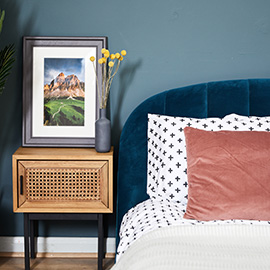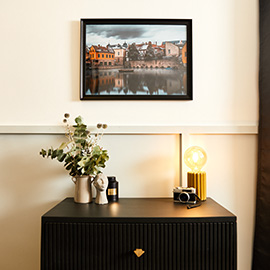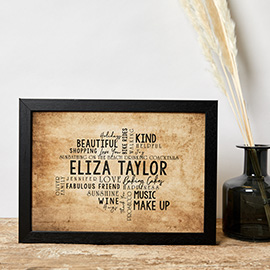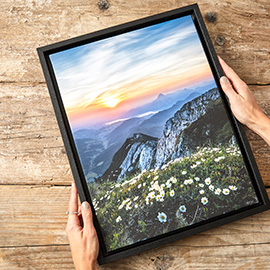How To Use The Exposure Triangle
As your interest in photography develops you’ll probably want to take more control of your camera, which is why it’s essential that you learn how to use the exposure triangle. This week we’re going to demystify this slightly daunting term and show you how understanding it will improve the quality of your canvas prints.
The three corners of the exposure triangle
You can think of exposure as a balancing act: you need to allow the correct amount of light to hit your sensor for the perfect amount of time, depending on how wide open your aperture is in order to create the picture you want. Does this sound a little scary? Once you’ve finished this article and the penny drops you’ll see just how easy this is!
Let’s take a look at the three corners of the triangle that determine your exposure…
Aperture – This is the amount the lens is open as the picture is taken
Shutter speed – The amount of time the shutter is open
ISO – The sensitivity of the camera’s sensor to light
Aperture is measured in f-stops with the smallest number meaning the largest hole and visa versa – for example, f/2.8 lets twice as much light in as f/4. But that’s not all! The smaller the number, the shallower the depth of field, which means that less of the photo will be in focus. This is how photographers achieve those beautiful images with the background blurred to make the subject pop out at you.
Shutter speed is the length of time the shutter remains open – a fast shutter speed like 1/4000th of a second is used to capture fast action and prevent camera blur, whereas a slow shutter speed like 1/5th of a second is useful for low light photography, for example.
ISO determines how sensitive the sensor is to the light that hits it. A higher ISO like 6400 lets more light in but also creates a noisy image with lower dynamic range and image quality, whereas a lower number like ISO 100 lets in less light but gives the best image quality.
Putting it all together
Now comes the magic! It's time to be brave, put your camera in manual mode and step outside. Set your aperture at f/8, ISO 400 and shutter speed at 1/250th and look through your viewfinder. You should see a scale with numbers from -3 up to +3: this is your exposure metre and will soon become your new best friend. Can you see the small vertical line underneath it? Watch how it moves along the scale as you focus on different things around the garden. Can you see it moving up and down the scale?
Now set your camera on a tripod or flat surface and focus on an evenly lit subject with space behind it. Where is the line pointing? If it’s in the centre of the metre you have a perfect exposure, but if not we need to tweak the exposure triangle. If it’s on the minus side of the metre your shot is underexposed and will be too dark, so it’s time to either:
Change the aperture to a smaller number to let more light in (from f/8 to f/5.6, for example)
Change the shutter speed to a smaller fraction of a second to let more light in (from 1/250th to 1/125th, for example)
Increase the ISO to 800
Each of these changes will allow one more stop of light to hit the sensor... but with quite different effects. Can you see how changing the aperture has made the background more blurry? This is how you take creative shots and is why we recommend shooting in manual or aperture priority whenever you can – you want control of this part of the triangle more than any other.
Changing the shutter speed won’t affect motion blur on a tripod, but handheld it can make a difference, so watch this number if you're having trouble with blurred images. If you're struggling to get a fast enough shutter speed because the light is too low you can tweak your ISO. Increasing this number will start to affect your image quality at around ISO 1600 on most cameras, so be careful with this one!
This is essentially all there is to the exposure triangle, and we encourage you to experiment with the differences these settings make to your images under normal shooting conditions. Next month we’ll talk about shooting in extreme lighting conditions where you may have to fool your camera into exposing correctly.


